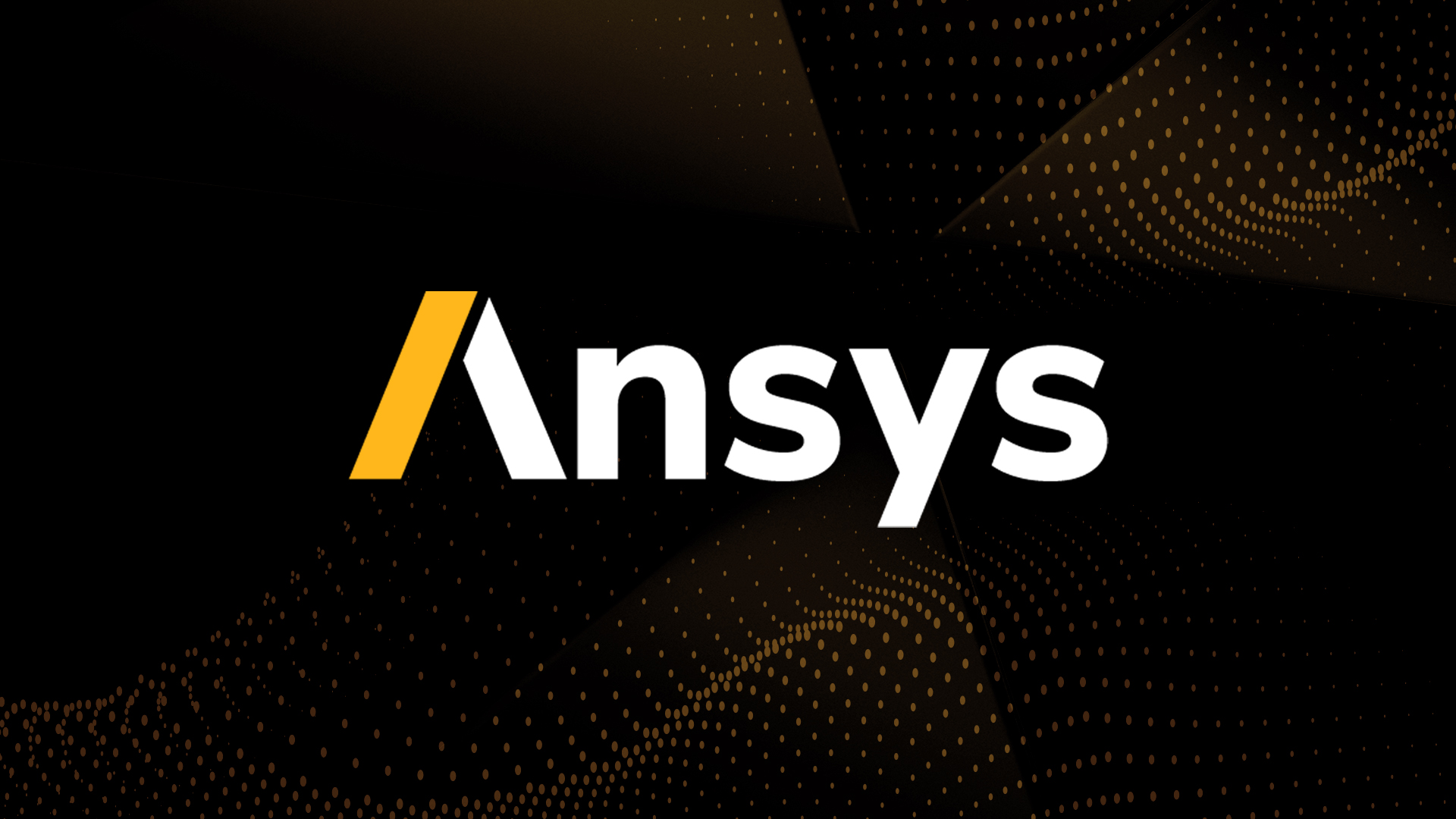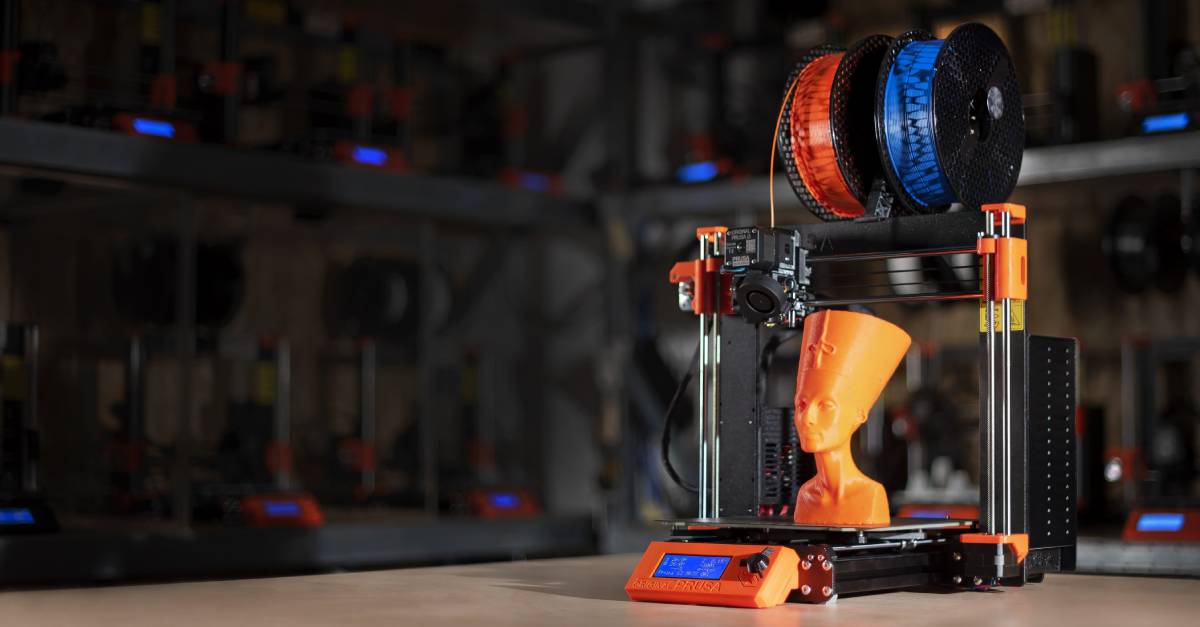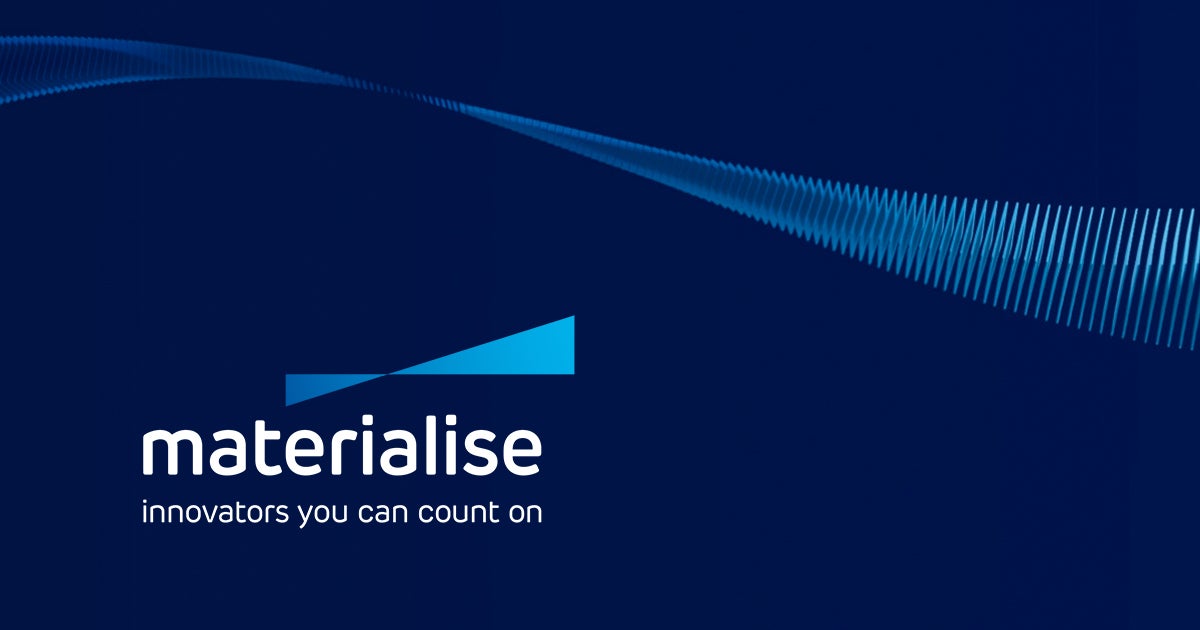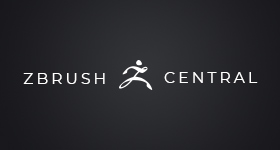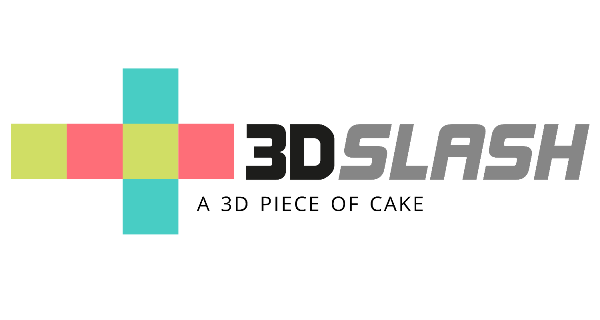Introduction
3D printing has grown increasingly popular for both personal and commercial applications. As the technology has matured, so too have the available software options. A good 3D printing software acts as the digital bridge between a creator’s design and the physical printed product. It allows editing and preparing 3D models, generating toolpaths, slicing files and interfacing with various printer types. This guide analyzes the top commercial and open source alternatives based on a variety of qualitative and quantitative factors to help professionals select the right software to match their workflows.
Methods of Evaluation
To determine the top 3D printing software for professionals, each option was evaluated based on the following conventional metrics: features and capabilities, interface and usability, file format support, integration options, modularity and customization potential. In addition, more data-driven metrics were also considered including the number of backlinks, monthly search traffic and keyword trend data to gauge true market presence and demand. Taking both qualitative and quantitative factors into account provides a well-rounded perspective on how established, widely adopted and comprehensive each solution truly is for professional digital fabrication needs.
1. Siemens NX
Siemens NX is a leading CAD/CAM/CAE software solution developed and sold by Siemens. With over 30 years of experience in the market, Siemens NX is a highly feature-rich platform for 3D mechanical design, simulation, and additive manufacturing workflows.
Pros: Key advantages of Siemens NX include:
– Integrated CAD/CAM/CAE solution allowing for streamlined design to manufacturing workflows
– Specialized tooling for mechanical design including part modeling, assembly design, and drawings
– Add-ons specifically tailored for 3D printing like Nesting, Supports, and Print Job Estimating
Cons: A potential disadvantage is the large upfront cost of purchasing and maintaining a Siemens NX license which may not be feasible for some smaller businesses or individual users.
Pricing: Pricing for Siemens NX varies depending on the individual modules and seat counts needed. Annual maintenance fees also apply. Siemens offers both perpetual and term license options. Contact a Siemens sales representative for a customized quote.
Some key stats about Siemens NX include:
– Over 2 million users worldwide
– Installed base of more than 500,000 seats
– Available in over 45 languages
2. Blender
Blender is a free and open-source 3D content creation suite available for all major operating systems including Windows, macOS, Linux, iOS and Android. Originally developed as a 3D animation package, it now supports the entirety of the 3D pipeline—modeling, rigging, animation, simulation, rendering, compositing and motion tracking, video editing and 2D animation workflow.
Pros: Some key advantages of Blender include:
– Free to use for commercial or personal projects
– Cross-platform support for all major operating systems
– Extensive community support through forums, tutorials and plugins
– Excellent modeling, animation and rendering capabilities
– Constant updates and new features added with each release
Cons: One potential disadvantage is the relatively steeper learning curve compared to some paid alternatives. As an open-source software it is entirely self-service for support.
Pricing: Blender is completely free to download and use. There are no subscription or licensing fees.
Some key stats about Blender include:
– Over 2.5 million downloads each month
– Active community of over 300,000 users
– Over 20 years of continual development
– Used widely in film, game development and other 3D applications
BlenderThe Freedom to Createblender.org
3. CATIA
CATIA software is 3D design software developed by Dassault Systèmes for product design, digital mock-up, simulation, technical documentation and data management. It has been used for over 30 years by engineers and designers across industries like aerospace, automotive, industrial equipment, high-tech and home furnishings.
Pros: Some key advantages of CATIA include:
– Premier industrial-grade 3D design tools for complex assemblies
– Specialized tooling for engineering domains like aerospace, automotive etc.
– Direct integration capabilities with CAM software for 3D printing
Cons: One potential disadvantage is the high licensing costs of CATIA compared to other 3D design software. It is best suited for large enterprise companies given the pricing.
Pricing: CATIA pricing depends on the modules and number of seats required. It is usually in the range of $5000-$15,000 per year for a single seat. Volume discounts are available for multiple user licenses.
Some key stats about CATIA software:
– Used by over 3 million engineers worldwide
– Supports all major 3D printing technologies like FDM, SLA, SLS, MJF etc.
– Over 100,000 companies using CATIA for product development
– Features specialized tools for over 30 different engineering domains
4. Tinkercad
Tinkercad is a free, online 3D design and 3D printing application developed by Autodesk. Tinkercad allows both novice and experienced 3D designers to create 3D models and explore 3D printing without the steep learning curve of paid CAD programs. It is a Web-based tool that runs within an internet browser, so there is no software to download or install.
Pros: Some key advantages of using Tinkercad include:
– Free and easy to use web interface with no downloads required.
– Beginner-friendly interface makes it simple to learn 3D modeling basics.
– Huge library of customizable 3D parts, components and shapes to build with.
– Supports direct 3D printing from within the app to supported printers.
– Collaboration tools allow sharing and co-editing 3D designs.
Cons: The main disadvantage of Tinkercad is that model complexity is limited compared to paid 3D design software. Complex assemblies and organic model shapes can be difficult to achieve with Tinkercad’s basic building blocks.
Pricing: Tinkercad has a freemium pricing model. The basic software features are available for free indefinitely. For advanced features like increased file storage and exports, users can subscribe to Tinkercad Professional plans starting at $9.99/month.
Some key stats and facts about Tinkercad include:
– Over 20 million registered global users.
– Available for free on any device with a modern web browser.
– Users can import or export STL, OBJ or DAE 3D file formats.
5. ANSYS
ANSYS is an industry-leading engineering simulation software company. Founded in 1970, ANSYS offers a complete suite of multiphysics simulation tools for product design, optimization and manufacturing. With a focus on engineering simulation, ANSYS software helps analyze the performance of products and designs.
Pros: Some of the main advantages of ANSYS software include: – Industry-leading simulation tools that can model a wide range of physics – Modular toolset that allows users to purchase individual solvers – Specialized plugins for additive manufacturing and 3D printing analysis
Cons: One potential disadvantage is that ANSYS offers many advanced capabilities which can drive up the costs. The modular licensing model helps address this but larger comprehensive licenses are still an sizeable investment.
Pricing: ANSYS pricing varies depending on the modules, number of seats, and support/maintenance options needed. Typical starting costs are in the $5,000-$10,000 range for smaller single user licenses. Larger enterprise licenses with support can be hundreds of thousands of dollars.
Some key stats about ANSYS include: – Used by over 10,000 companies worldwide – More than 50 years of continuous R&D and engineering expertise – Over 400 offices worldwide providing local support
6. MakerBot Print
MakerBot Print is 3D printing software developed by MakerBot to be used with their own line of 3D printers. It is cloud-based software that allows users to easily access their 3D printing files and submit print jobs from any internet-connected device like a computer or mobile phone.
Pros: MakerBot Print has several advantages including being specifically designed for compatibility with MakerBot 3D printers, cloud-based access so files can be accessed from anywhere, a simple and easy to use interface, and integration of auto platform leveling on supported MakerBot printers.
Cons: One potential disadvantage is that MakerBot Print is limited to use only with MakerBot brand 3D printers, so it cannot be used with other manufacturer’s printers.
Pricing: MakerBot Print has a free basic plan that allows access to core printing functions. Paid Professional plans start at $99 per year and add additional features and storage capacity.
Some key features of MakerBot Print include cloud storage for 3D models, auto platform leveling support for most MakerBot desktop 3D printers, simple and intuitive interface, and integration with the Thingiverse 3D model library.
7. PrusaSlicer
PrusaSlicer is a free and open-source 3D printing slicing software developed by Prusa Research, the company founded by Josef Prusa. It was designed specifically for Original Prusa 3D printers but works well with other printers too. PrusaSlicer offers excellent profiles optimized for Prusa printers along with advanced user customization options.
Pros: Key advantages of PrusaSlicer include:
– Free and open source software
– Excellent profiles optimized for Prusa 3D printers
– Feature-rich with support for multiple materials and printers
– Allows for advanced manual tweaking and customization of print settings
Cons: One potential disadvantage is that the interface may be more complex compared to some other simpler slicers, requiring some learning to fully unlock its capabilities.
Pricing: PrusaSlicer is completely free to download and use with no restrictions or hidden costs. Both the software and ongoing development are supported by contributions from the 3D printing community.
Some key stats about PrusaSlicer:
– Over 4 million downloads since 2014
– Constantly updated with new features and profiles
– Actively developed by Prusa Research
– Supports all major 3D printer file formats
– Used by both beginners and experts alike
8. Materialise Magics
Materialise Magics is one of the leading and most comprehensive 3D printing software solutions for both personal and commercial use. Founded in 1990, Materialise helps organizations leverage the advantages of 3D printing and its broad applications across many industries such as manufacturing, healthcare, automotive, aerospace and more.
Pros: Some of the key advantages of Materialise Magics include:
– Advanced editing tools for medical and industrial applications
– Integrated repair, healing and scaling tools for easy STL file preparation
– Support for generative design workflows through plugins like Vista and Optimatika
– Easy to use interface that allows for both basic and advanced functionality
Cons: A potential disadvantage is the learning curve for some of the more advanced features, as it can take time to master all the capabilities of Materialise Magics.
Pricing: Pricing for Materialise Magics starts at $3,995 per year for a single user license. Volume licensing and subscription plans are also available for larger organizations and teams.
Some key stats about Materialise Magics include:
– Used by over 10,000 customers globally
– Supports all major 3D print technologies including FDM, SLA, SLS, MJP and more
– Over 25 years of experience in 3D printing software development
– Continuously updated with new features and capabilities on a regular basis
9. FreeCAD
FreeCAD is an open-source 3D modeler for parametric 3D CAD modeling as well as 3D mechanical design, electromechanical design, product design and more. It’s developed by an international team and released under the LGPL license.
Pros: Some key advantages of FreeCAD include:
– It’s free to use and open-source which allows for freedom and customization
– Good basic CAD modeling tools like Part Design workbench for mechanical CAD
– Interface is highly customizable via plugins and macros
– Large community support through forums and documentation
Cons: The main disadvantage of FreeCAD is that it lacks some advanced CAD features found in paid commercial software like direct parametric modeling and assembly design tools.
Pricing: FreeCAD is completely free and open-source. There is no cost to download or use the software.
Some key stats about FreeCAD include:
– Free and open-source 3D modeler
– Cross-platform – works on Windows, Linux and macOS
– Large community support with plugins and extensions
– Supports major 3D file formats like STL, STEP and more
FreeCAD: Your own 3D parametric modelerFreeCAD, the open source 3D parametric modelerfreecadweb.org
10. PreForm
PreForm is 3D printing software developed by Formlabs, a leader in desktop 3D printing. It was originally created as the proprietary software for Formlabs’ SLA and SLS 3D printers but has since been expanded to support other printer models. The software empowers users to 3D print with an easy-to-use interface optimized for stereolithography (SLA) and digital light processing (DLP) 3D printing technologies.
Pros: Some key advantages of PreForm include its user-friendly interface optimized for SLA/DLP printing, automatic detection and placement of supports to simplify the print preparation process, and very beginner-friendly experience that lowers the entry barrier to 3D printing.
Cons: As proprietary software only compatible with Formlabs’ own 3D printers, PreForm has a more limited printer compatibility compared to open-source alternatives. Advanced users may find it lacks some of the customization options available in other slicers.
Pricing: PreForm is free to download and use with Formlabs’ 3D printers. For other printer models, a Standard license costs $99 per year or a Pro license is $299 per year, with both including access to technical support.
Key features of PreForm include automatic detection and placement of supports, optimization of slicing and orientation for print time and quality, and meticulous packaging of print files. It offers beginner-friendly workflows alongside advanced customization options for experienced users.
11. Onshape
Onshape is a cloud-based 3D CAD (computer-aided design) and product development platform that allows engineers and designers to work together simultaneously on projects. Launched in 2012, Onshape was one of the earliest companies focused on bringing CAD into the cloud for easy collaboration.
Pros: Some key advantages of Onshape include:
– True multi-user simultaneous editing allowing real-time collaboration
– All work is saved automatically with version control
– Access designs from any device including desktop, web, and mobile
– Free basic personal use package available
Cons: One potential disadvantage is that as a cloud-only solution, designs are not stored locally on a user’s computer. This requires an internet connection to access files.
Pricing: Onshape offers the following pricing tiers:
– Personal (free basic package)
– Professional ($100/month per seat)
– Business ($150/month per seat)
– Education ($70/month per seat)
– Enterprise (custom pricing)
Some key stats about Onshape include:
– Over 1 million users worldwide
– Used by many top engineering companies including BMW, Airbus, and NASA
– Supports all major file formats including STEP, IGES, and STL
– Unlimited storage in the cloud
12. MatterControl
MatterControl is a free open-source 3D printer software developed by MatterHackers. It provides an all-in-one solution for 3D printing with a user-friendly interface. MatterControl allows users to prepare and slice 3D models, control the printer, and monitor prints directly from their desktop.
Pros: Some key advantages of MatterControl include:
– Free to use with no hidden costs or subscription fees
– Easy to use interface makes it suitable for beginners
– Provides direct control over 3D printers during print jobs
– Integrated slicing engine allows models to be sliced within the software
– Large library of supported printer profiles for most popular 3D printers
Cons: One potential disadvantage is that as an open-source project, it may not receive updates or support as quickly as paid alternatives.
Pricing: MatterControl is completely free to download and use with no subscription or licensing fees required.
Some key stats about MatterControl include:
– Used by over 300,000 3D printing enthusiasts worldwide
– Supports all major desktop 3D printer formats out of the box
– Regularly updated with new features and printer profiles
– Available for Windows, MacOS, and Linux
MatterHackers – 3D Printing SuppliesMatterHackers – 3D Printing Suppliesmatterhackers.com
13. Pixologic ZBrush
Pixologic ZBrush is 3D modeling, sculpting and painting software used by professional digital artists. First launched in 1998, ZBrush is considered the industry standard for digital sculpting and is highly popular among professional concept artists, sculptors, and 3D printers.
Pros: Some key advantages of ZBrush include:
– Powerful sculpting and precise modeling tools for intricate organic details
– Industry-leading polygon count and resolution for professional sculpting projects
– Extensive library of digital brushes and textures for realistic artistic effects
– Dynamic subdivision surface modeling keeps high poly details while maintaining low memory usage
Cons: The main disadvantage is the steep learning curve needed to master ZBrush’s abundance of advanced tools and features. It has a complex interface better suited to professional 3D artists rather than beginners or casual hobbyists.
Pricing: ZBrush offers perpetual and subscription licensing options.
A perpetual license ranges from $795 for a standard license to $1,995 for a Studio Max bundle.
Subscription plans start at $49.99 per month for a basic Individual plan and go up to $199.99 monthly for an Enterprise plan with additional support.
Some key stats about Pixologic ZBrush:
– Used by over 500,000 artists, designers and engineers worldwide
– Continually developed and updated with new features every few months
– Supports resolutions up to 255,000 pixels
– Render engine allows artists to create high-res results for 3D printing
14. LulzBot Cura
LulzBot Cura is a free, open-source 3D printing slicer developed by Aleph Objects, Inc. Originally created as slicing software for LulzBot 3D printers, Cura has expanded to support additional machine brands and models. Cura allows users to prepare 3D models for printing by slicing them into thin layers and generating toolpaths for extruders.
Pros: Some key advantages of LulzBot Cura include:
– Intuitive, easy to use interface for both beginners and experts
– Hundreds of optimized printer profiles for plug-and-play slicing
– Advanced tweaking options for tuning supports, walls, infill, and more
– Integrates with OctoPrint and other 3D printing apps
– Large, active user community providing help and plugin extensions
Cons: One potential disadvantage is that Cura focuses primarily on FFF/FDM printing workflows and may not be as fully-featured for other 3D printing methods like SLA or SLS. Expert users may also want more fine-grained control over slicing than the standard Cura options provide.
Pricing: LulzBot Cura is completely free to download and use. There are no paid tiers or subscriptions.
Key stats about LulzBot Cura include:
– Over 10 million downloads worldwide
– Supports slicing for FDM/FFF, SLA, and SLS 3D printer technologies
– Actively developed with new features and printer profile compatibility added regularly
– Used by both hobbyists and professional 3D printing services
15. 3D Slash
3D Slash is a free and easy to use 3D modeling and slicing software. Used by both novice and experienced 3D designers alike, 3D Slash removes many of the complexity barriers that often discourage users from transitioning from 2D to 3D design. Through an intuitive interface based on assembling boxes and spheres, 3D Slash aims to be the most user-friendly 3D modeling tool on the market.
Pros: Some key advantages of 3D Slash include:
– Free and open-source pricing model with no hidden fees
– Easy to learn interface ideal for both casual and professional use
– Projects can be accessed from any device via an online workspace
– Automatic slicing and print job handling takes out complexity
Cons: One potential disadvantage is that the box-and-sphere modeling approach may be more limiting than traditional polygonal modeling tools for very complex shapes and organic designs. However, for many practical 3D printing applications the approach is very capable.
Pricing: 3D Slash has a freemium pricing model. The basic software features like CAD modeling, slicing, and workspace access are completely free. Paid premium plans are available starting at $5/month which provide additional storage, advanced features, and support.
Some key stats about 3D Slash include:
– Available on all major platforms including Windows, Mac, Linux, iOS, Android, and Raspberry Pi
– Used in over 190 countries worldwide
– Community of over 500,000 registered users
– Models can be opened, edited and 3D printed without proprietary file formats
Conclusion
3D printing software plays a critical role in digital fabrication. The options analyzed in this guide represent some of the most full-featured, robust and customizable solutions on the market. Whether open source or commercial, for additive, subtractive or hybrid workflows, there is a top software suitable for any professional 3D printing application. Choosing technology backed by industry leaders, with extensive community support and continuously advancing features ensures users have the sophisticated tools required to bring any design concept from digital to physical prototype and final product.







